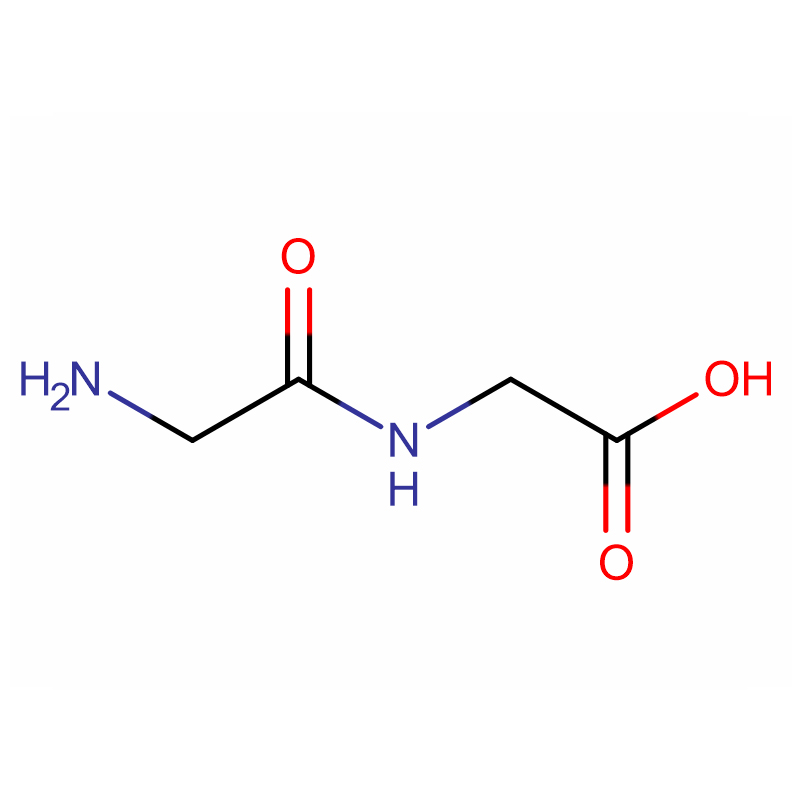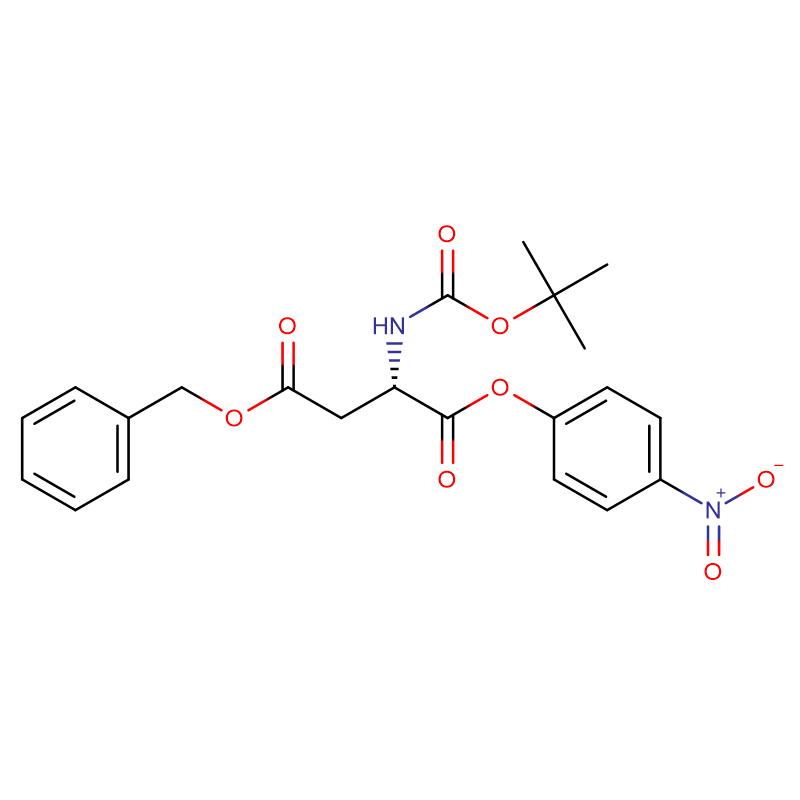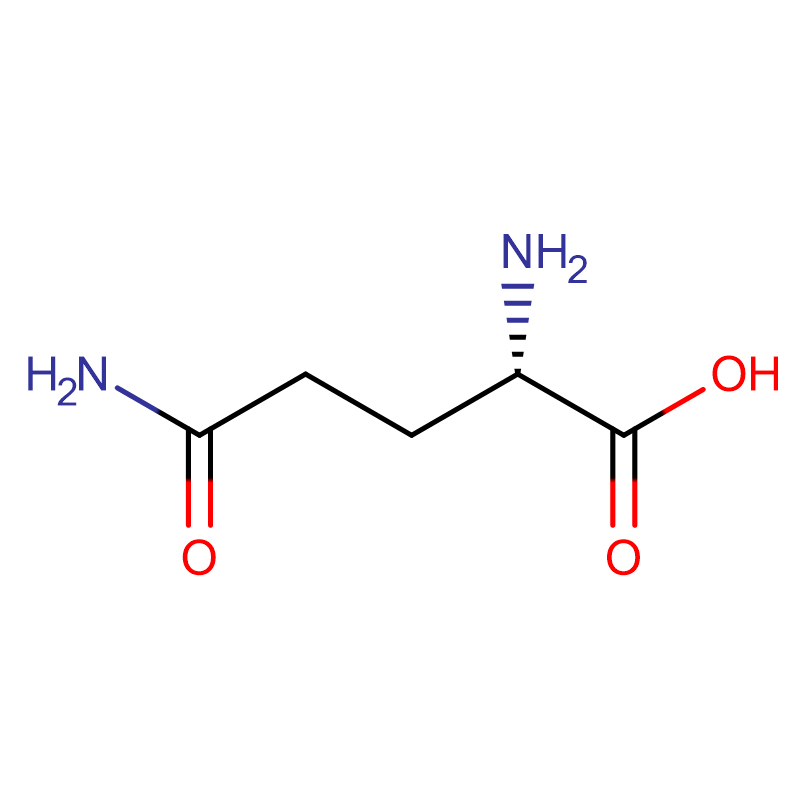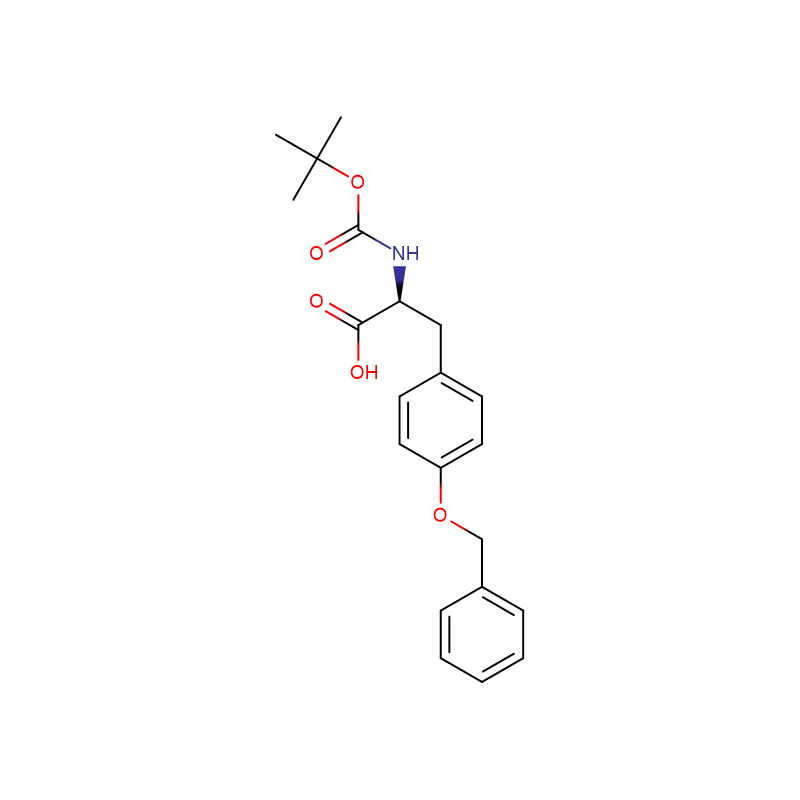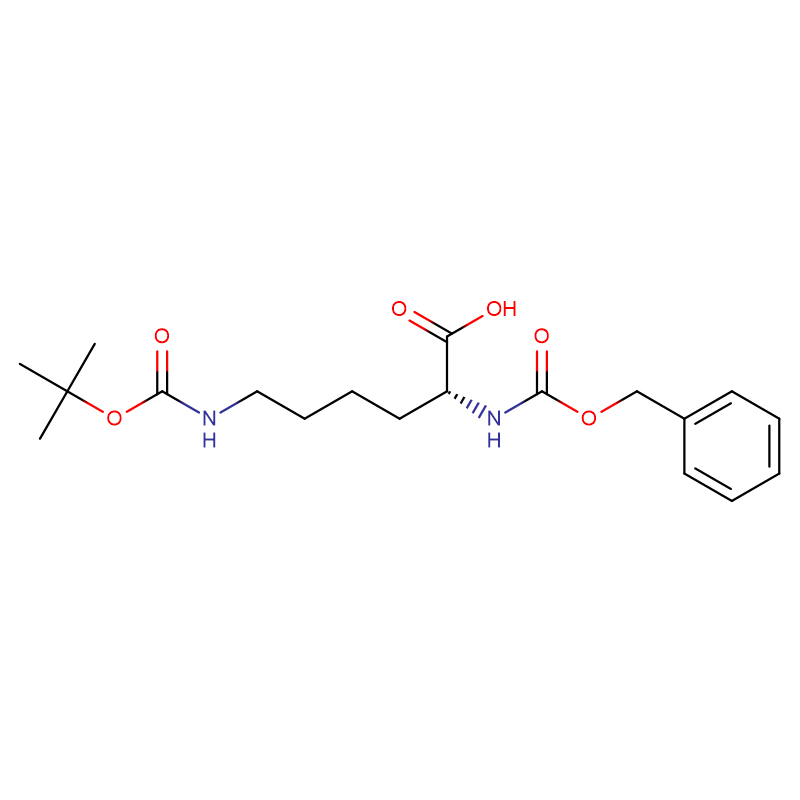Glycylglycine Cas: 556-50-3 99% White powder
| Catalog Number | XD90282 |
| Product Name | Glycylglycine |
|
CAS |
556-50-3 |
|
Molecular Formula |
C4H8N2O3 |
|
Molecular Weight |
132.11792 |
| Storage Details | Ambient |
|
Harmonized Tariff Code |
29241900 |
Product Specification
| Loss on Drying | <0.2% |
| Sulfate | <0.02% |
| Assay | 99% |
| Other amino acids | Not detectable |
| Transmittance | >95% |
| Chloride | <0.02% |
| Appearance | White to off-white powder |
| Iron (Fe) | <30ppm |
| Heavy Metal (Pb) | <10ppm |
| Ammonium (NH4) | <0.02% |
| Arsenic (as As2O3) | <1ppm |
| Residue on ignition (as sulphate) |
<0.15% |
Carbamoyl phosphate synthetase 1 (CPS1) deficiency due to CPS1 mutations is a rare autosomal-recessive urea cycle disorder causing hyperammonemia that can lead to death or severe neurological impairment. CPS1 catalyzes carbamoyl phosphate formation from ammonia, bicarbonate and two molecules of ATP, and requires the allosteric activator N-acetyl-L-glutamate. Clinical mutations occur in the entire CPS1 coding region, but mainly in single families, with little recurrence. We characterized here the only currently known recurrent CPS1 mutation, p.Val1013del, found in eleven unrelated patients of Turkish descent using recombinant His-tagged wild type or mutant CPS1 expressed in baculovirus/insect cell system. The global CPS1 reaction and the ATPase and ATP synthesis partial reactions that reflect, respectively, the bicarbonate and the carbamate phosphorylation steps, were assayed. We found that CPS1 wild type and V1013del mutant showed comparable expression levels and purity but the mutant CPS1 exhibited no significant residual activities. In the CPS1 structural model, V1013 belongs to a highly hydrophobic β-strand at the middle of the central β-sheet of the A subdomain of the carbamate phosphorylation domain and is close to the predicted carbamate tunnel that links both phosphorylation sites. Haplotype studies suggested that p.Val1013del is a founder mutation. In conclusion, the mutation p.V1013del inactivates CPS1 but does not render the enzyme grossly unstable or insoluble. Recurrence of this particular mutation in Turkish patients is likely due to a founder effect, which is consistent with the frequent consanguinity observed in the affected population.


